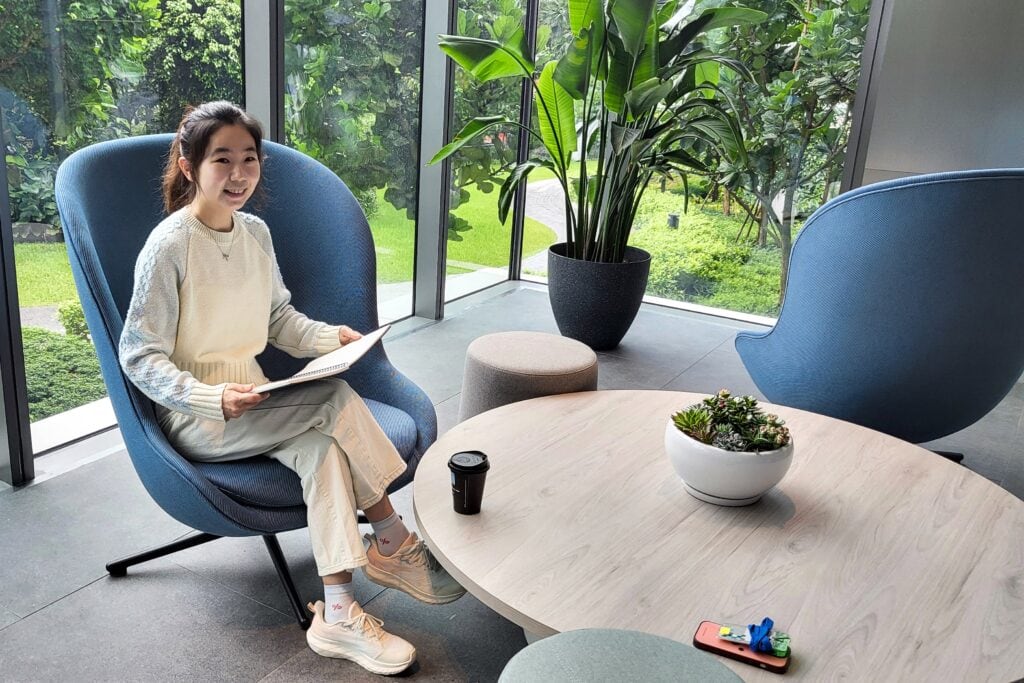Unlocking nature's secrets: Biomimetic membranes for water purification

Why are biomimetic membranes for water purification important?
Exploring why biomimetic membranes are important requires us to start at the very source: water. The Earth's surface is composed of 71% water, of which only 1% accounts for accessible fresh water, and 97% is non-potable seawater. Some of the most threatening challenges of the 21st century are water scarcity, climate change, and accelerated population growth. The latter two only exacerbate the former: water scarcity is an alarming threat to the well-being of our planet and it requires immediate action.
The advent of reverse osmosis membrane technology has revolutionized seawater and wastewater treatment processes. The membranes are efficient, relatively fast, and can be operated at lower temperatures. As membrane separation technology advances, more and more clean water can be extracted from these contaminated or otherwise undrinkable water sources. In the case of industrial wastewater, the treated water can then be recycled and reused in the same process or discharged harmlessly back into the environment. This is essential progress to optimize the use of water and conserve as much of it as possible. Membrane separation technology thus plays an important part in mitigating the water scarcity crisis.
In addition to that, it is highly desirable to continuously improve existing processes to be more efficient and effective. Every improvement implemented can help to reduce wastage, maximize resource usage, and optimize operation and production costs and efficiency. In the ongoing endeavor to conserve resources – of which clean water is a vital one – some have taken inspiration from nature to make advancements to existing membrane technologies. Nature has been creating unbelievably innovative – almost miraculous – organic solutions through billions and billions of years of natural evolution. Taking inspiration from nature to solve human problems is known as biomimicry, and membranes that make use of biomimicry technology are called biomimetic membranes.
What is a a biologically inspired membrane?
Biomimetic membranes, often referred to as bioinspired or biologically inspired membranes, are membranes that are fabricated with natural or natural-like (inorganic, organic, or hybrid) materials via bioinspired approaches (bio-mineralization, bio-adhesion, self-assembly, etc.). The goal is to create membranes that imitate nature through its separation mechanism, with the purpose of tailoring or improving specific properties of the membranes. In biomimetic membranes for water purification, one of the desired properties is an increased selectivity and permeability of the membranes toward water molecules. Future generations of membranes should be engineered to filter pure water faster and more efficiently while, to a high extent, separating out contaminants such as PFAS, heavy metals, and microplastics.
What examples of biomimetic membranes are there?
Let us look at two examples of biomimetic membranes for water purification. In 1992, Peter Agre discovered one of nature’s many biological marvels: the aquaporin proteins. Aquaporins are naturally occurring proteins found in all living organisms. They have evolved as transport proteins that let only water molecules in and out of living cells. One of the technologies that has merged out of this discovery and gotten increased traction and attention is the development of aquaporin-based biomimetic membranes for water purification. With this technology, actual aquaporin proteins are extracted from living cells and then affixed onto supporting structures, which are then embedded into the water purification membranes.
Another method is to synthesize non-biological assemblies in the laboratory. These assemblies mimic the biological structure and function of natural aquaporin proteins. First, a chain composed of building blocks that are very similar to the aquaporin proteins’ is synthesized. Through a series of chemical reactions, these chains can then “self-assemble” into the completed artificial channels, possessing the same function and comparable efficiency to the naturally occurring aquaporins. These are then stabilized and incorporated into water purification membranes.
Why are Aquaporin’s membranes biomimetic, and how do they work?
One example of biomimetic membranes is our very own separation membranes. They all contain an active layer enhanced with aquaporin proteins. We stabilize the aquaporins and then embed them into our membranes. We control the compatibility between the different membrane layers – which also serves to encapsulate and protect the aquaporin proteins. Finally, we tailor the delicate balance between permeability and selectivity by optimizing our biomimetic active layer through multiple iterations of the Aquaporin Inside® formulation. Our carefully stabilized aquaporin proteins that are incorporated into the active layer act as ultra-fast water transport channels that enhance the sieving ability of the membranes, creating a state-of-the-art bioinspired water purification technology.
How can bioinspired membranes optimize wastewater and municipal drinking water treatment and reuse?
Aquaporin’s efforts in every stage of the manufacturing process ensure that our bioinspired membranes have high water recovery, high flow rates, and are energy efficient. For industrial use, we've created the membrane series CLEAR, designed for industries and businesses with a strong consciousness and ambitious energy saving and water reuse targets.
Innovation in technology is crucial for us to achieve progress while still taking care of the well-being of our planet. Aquaporin’s biomimetic membrane is one such innovation contributing to the mission to conserve precious natural resources, joining the ongoing quest to minimize the harmful impact of some human activities on the environment.





